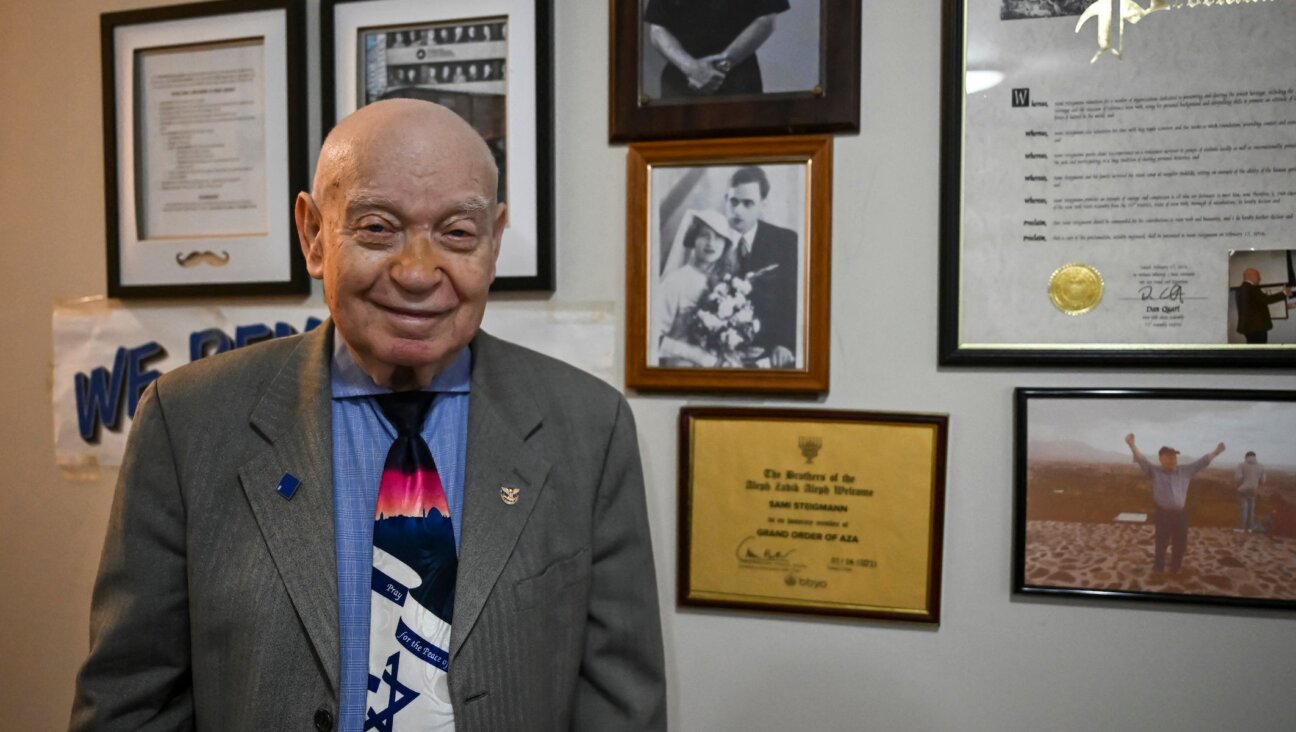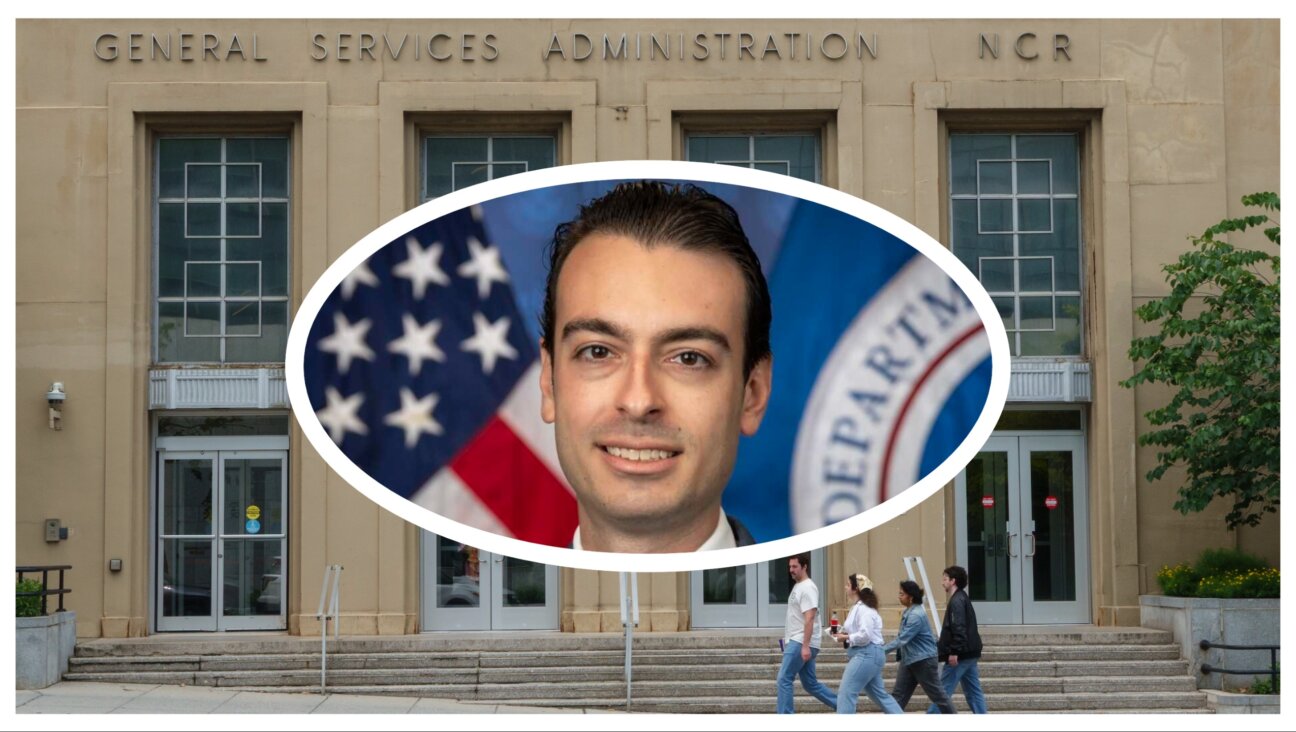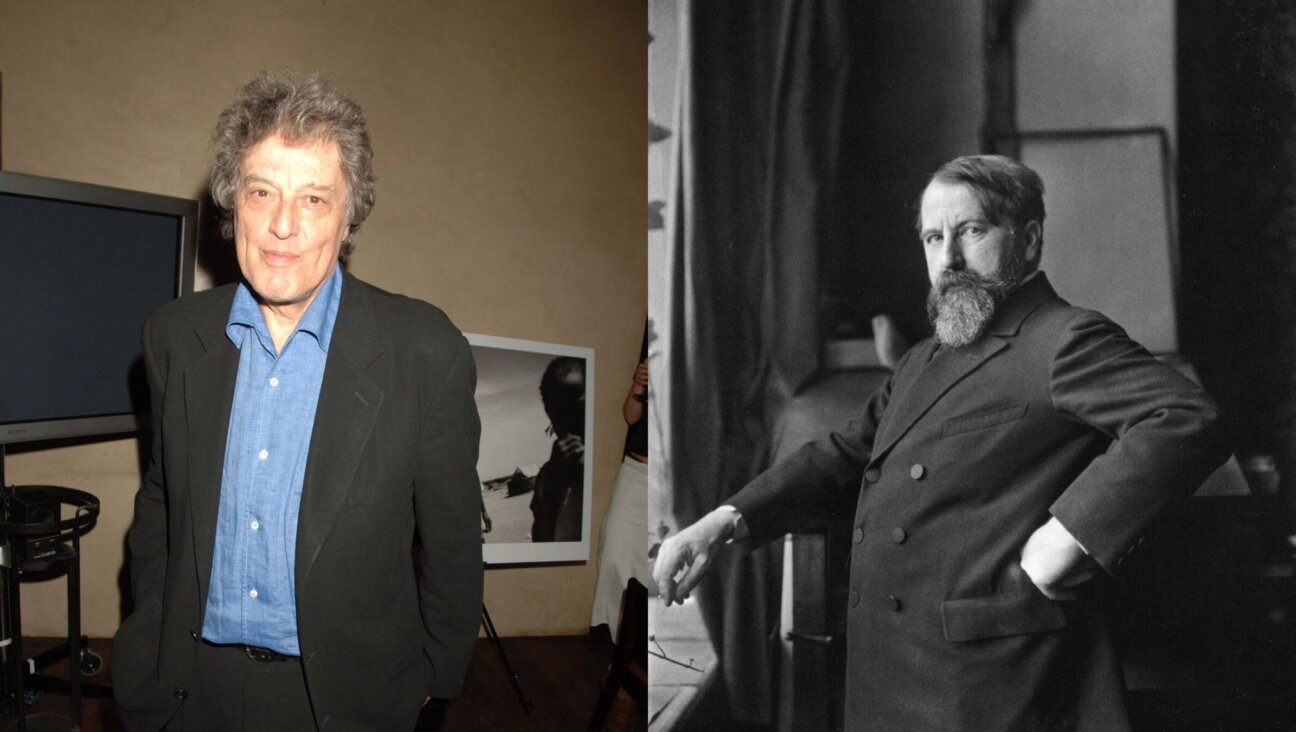Mourning the loss of touch: a grieving father’s perspective

Nadav’s hand being held Image by Courtesy of the Author
Dealing with the coronavirus pandemic has been challenging on so many levels: the constant fear of invisible infection; long days cooped up in our apartment with two of our sons; and the persistent absence of our third, Nadav, who died three years ago at the age of five.
Born with a serious congenital heart defect, Nadav spent many months in hospitals. Along the way, we learned a great deal from him, and those who cared for him: the miracles of healing, the blessings of life, and how to cope with the inevitability of death.
Perhaps the most unsettling aspect of this whole ordeal has been the thought of those beloved pediatric specialists being put into service at the front lines of the pandemic — doing all they can to help others, just as they did for our son.
I thought of them the other night, sitting on my couch with our eight-year-old, Nadav’s twin — just holding him in my arms, feeling the soft comfort of being together.
The next morning, when I ventured out to visit my parents — desperate for some small taste of freedom — I was careful to stand at least six feet away from them. Not long ago, I’d had a beer with my dad, ending the visit with our usual embrace. Now, as the number of confirmed cases in New York ticked up and up, there were no more hugs; no contact at all.
Instead, we kept a cold, practical distance. This crisis has robbed us of that all-important sensation, that most human form of connection — the sense of touch.
One day, when Nadav was still alive, my wife mentioned something about one of his doctors that I hadn’t noticed before. “Do you know why I like her?” she said. “Every time she sees him, she touches him.”
I watched for it the next time we saw the doctor, and my wife was right. It wasn’t a purposeful touch, like rubbing below his stomach to measure the size of his liver, or feeling his forehead for a fever. It was contact for its own sake; a means of saying hello, of asking “how are you,” of making a connection.
Helen Taussig, considered by many to be the founder of pediatric cardiology, was deaf — an impairment that forced her to find a way to use her fingertips, instead of her ears, to listen to those tiny heartbeats. She must have passed it down somehow, because the healers we trusted most knew to use their fingers to listen, too.
Nadav had many therapists during his short life — speech therapists, feeding therapists, physical therapists, and occupational therapists. We met many wonderful ones, whose company we came to treasure — and many not-so-wonderful ones, who we’d tell (as politely as we could) to get lost.
Most of these therapies were self-explanatory, but I never quite understood how to describe occupational therapy. Eventually, I figured it out: physical therapy was about gross motor skills, like walking, while occupational therapy focused on fine motor skills, like writing.
Looking back, I suspect that the critical part of what OTs do is that sense of touch — the subtle art of grasping and manipulation; the subconscious ability to make nuanced connections.
The best therapists didn’t just use physical contact — they insisted on it.
Once, days after Nadav had been transferred to a new hospital after three months in intensive care, I walked into his room to find his physical therapist up on his bed, straddling him. “Let’s get moving!” she cried out, holding his arms.
Over the next few months, she’d have him walking down the hall, rediscovering function in his atrophied muscles. Soon after, she’d sneak him past heavy fire doors to practice walking up and down the emergency stairs. They were no-nonsense magicians.
Our favorite therapist was a bundle of steely energy who wouldn’t take no for an answer. She’d waltz into Nadav’s room after rounds, singing “get out of bed” songs, frowning that I’d helped him put on his socks rather than making him do it himself. She helped him relearn everyday movements: how to draw with his right hand and to use special wooden tongs to eat, and brought him silly games like Crocodile Dentist (push a tooth, hoping it doesn’t bite) and Don’t Break the Ice (hammer small plastic cubes without collapsing the whole structure).
Throughout it all, my most vivid memories were not of Nadav’s hands, but of the therapist’s — her long, strong fingers, resting on his elbow or gently guiding his arm; teaching him that despite his weakness, he could do it himself.
The best nurses, too, relied on touch. Nursing is a hands-on job — changing bandages, lifting legs, cleaning wounds — and the ones we loved most approached these tasks as opportunities to care, not chores.
Bathing was a perfect example. Nadav had long curly hair, which in long hospital stretches could become matted and clumpy; and because of his condition, the doctors were hesitant to allow him to use a bathtub.
One nurse, deciding that his daily sponge bath wasn’t enough, took the initiative to not only shampoo his hair, vigorously massaging his head until it was clean, but to rub in masses of Johnson & Johnson’s detangler, combing it out gently, strand by strand. When she was done, Nadav sat in his bed, beaming, surrounded by damp towels, his light brown hair in an angelic halo above his head.
The most touching thing a nurse ever did, though, was an elegantly simple solution to a frustrating problem. One of Nadav’s medications caused a persistent itch; even when sedated, he’d involuntarily lift his right arm, and scratch himself, blindly. Doctors were loath to stop the medication, and his nurses, unable to stop the scratching, would bind his hand in a blanket, sometimes even tying it down to the side of his bed.
One overnight nurse, however, spent her entire shift gently holding his arm, caressing it with her hands, and singing lullabies deep into the night. Had we not asked in the morning whether his arms had been tied down, we wouldn’t have known about this simple act of kindness; her solving of the problem, if only for one night, with a patient, generous touch.
There were times when touch was impossible, or discouraged. If an infection was suspected, gloves and masks became mandatory; papery yellow gowns awkwardly donned when we arrived, then thankfully discarded when we left. The only silver lining in these times was being moved to a private room, but I found the intimacy frightening, not comforting; the red warning posted on the door (“contact precaution!”) erasing any pretense of normalcy.
We joked that the infectious disease specialists were like the Feds. No small talk or warmth when they came by, just a barrage of pointed questions, each answer met with a nod, or a frown. They did not see touch as a tool of healing. For them, human contact, once comforting, had become an ominous threat.
When you’re in such a challenging situation, a gulf opens up between you and the rest of the world. Even our close friends found it difficult to know what to say, or even listen to the details of what we were going through. We often didn’t share photos, because the things we had become used to — respirators, masks, tubes, and wires — might be too difficult for others to see, or too private for us to share.
After Nadav returned home after a months-long medical odyssey, I unexpectedly bumped into an old friend on a busy street. He’d known what we’d been through, but we hadn’t talked about it. And so I stood there, unsure how to explain it all.
He didn’t say anything, either. He just opened his arms, and gave me a hug — what felt like the longest, warmest hug I’d ever had. He clung to me tightly, his silent empathy washing over me like warmth in the cool winter air. It was exactly what I needed, at that moment.
Until recently, that memory lingered as a source of strength. Now, unable to even hug my parents, it feels like a fading dream — a simple, human gesture, unimaginably distant, so impossibly far away.
James G. Robinson is Director of Global Analytics at The New York Times and an adjunct professor at Columbia’s School of Journalism. This essay is adapted from a memoir he is writing about his son. For more information, visit his book site here.















